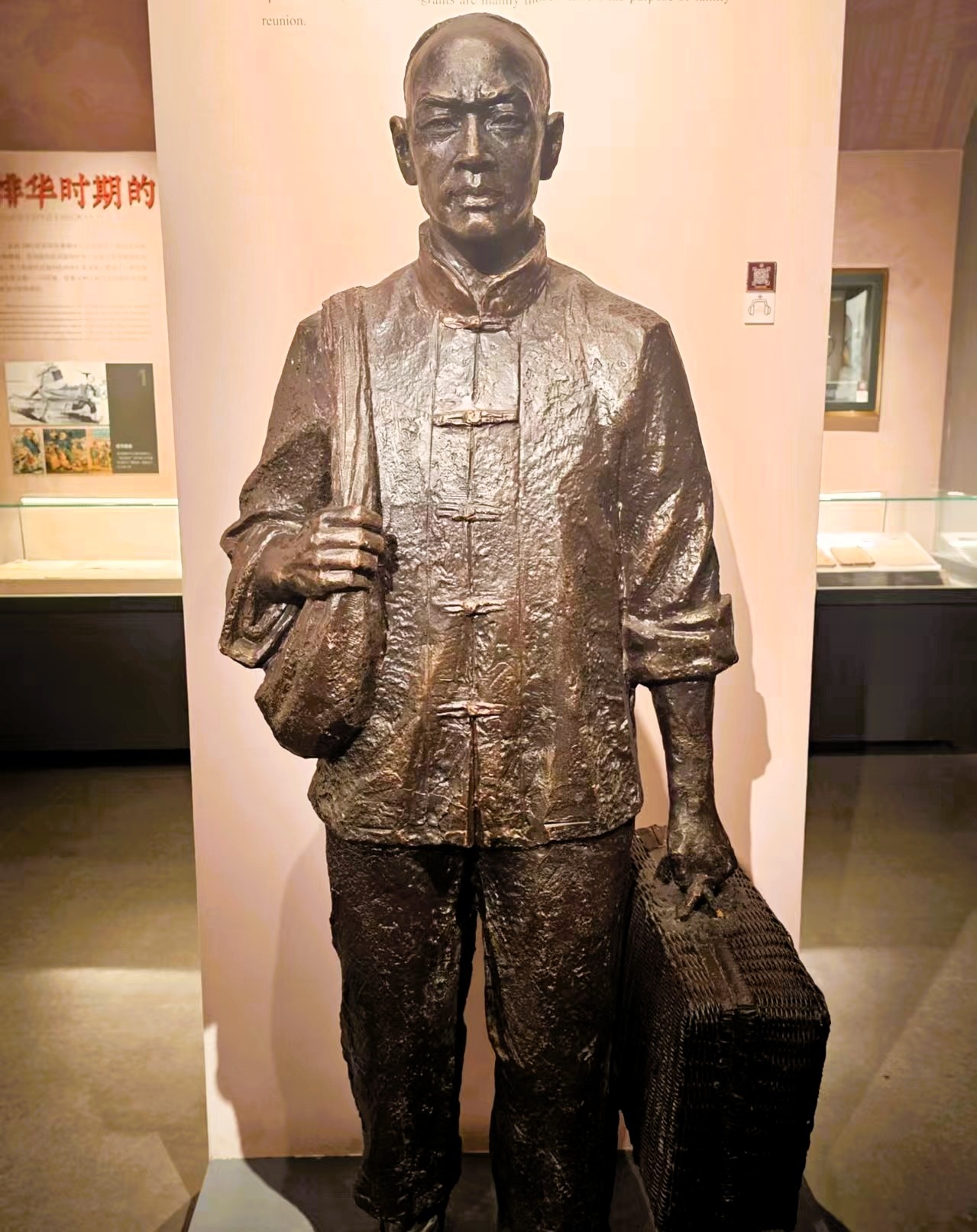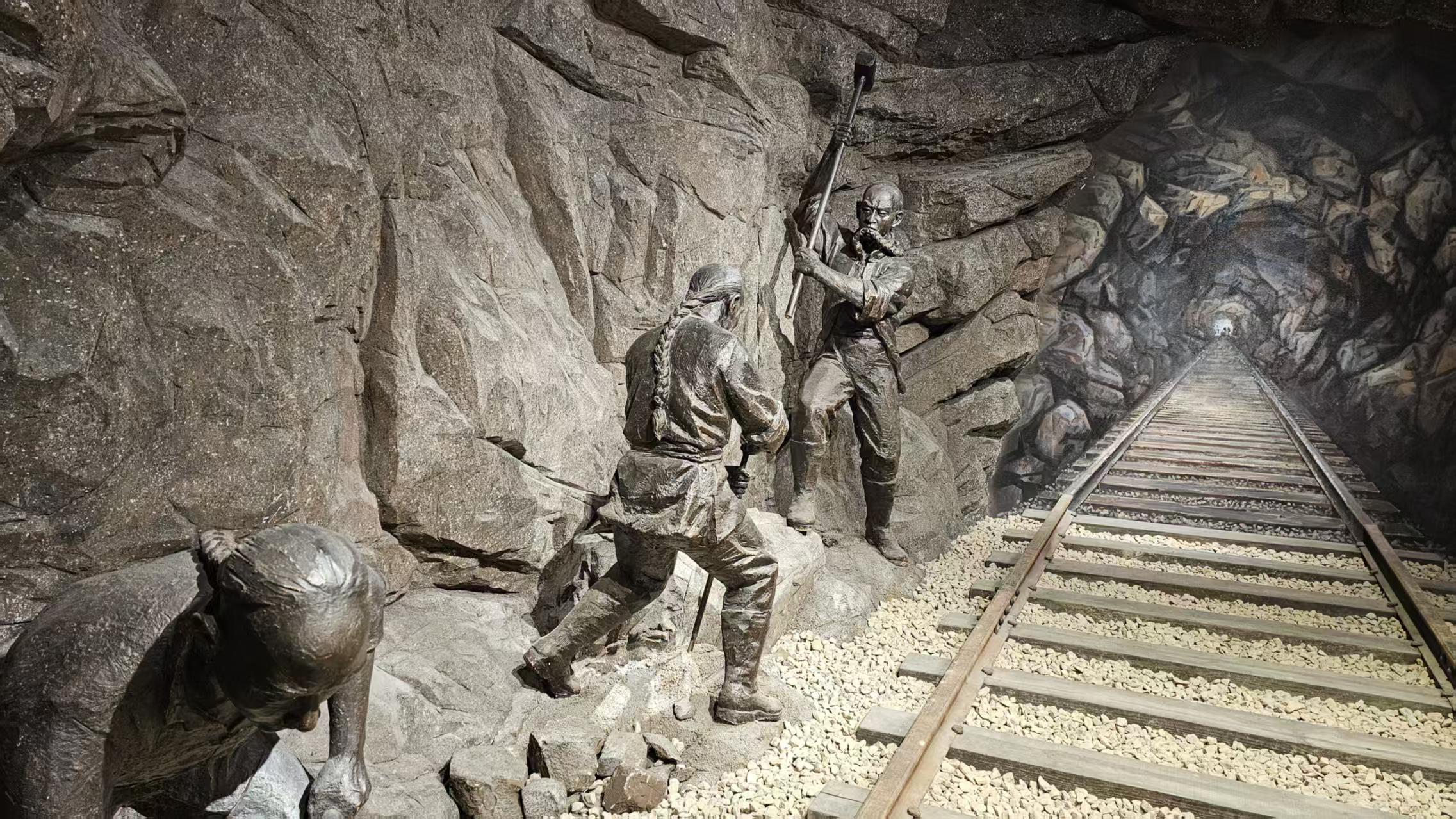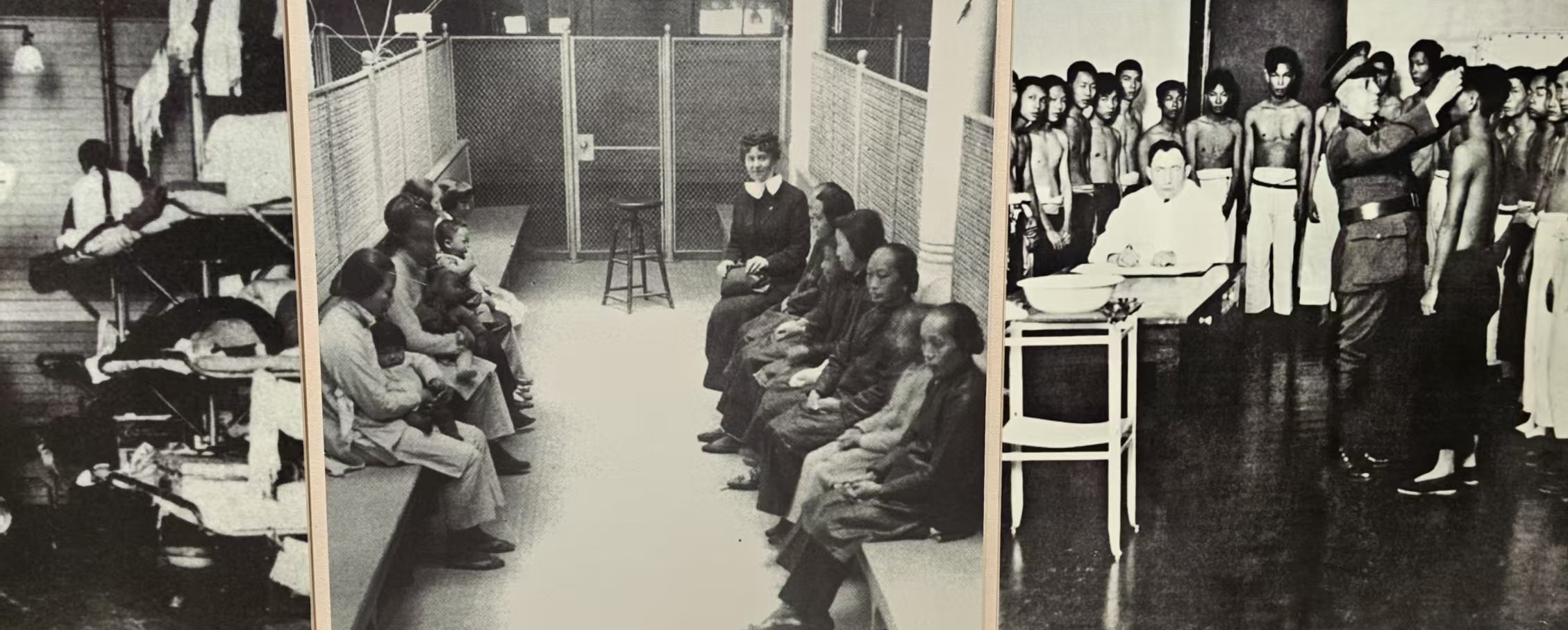The Forgotten Builders: Chinese Railroad Workers Exclusion and America’s Hidden Legacy
On May 10, 1869, the Chinese railroad workers exclusion became one of the most striking omissions in U.S. history. The day marked when the completion of America’s first Transcontinental Railroad was celebrated as a groundbreaking achievement, marking a pivotal moment in the nation’s history by connecting its vast east and west coasts. Yet, amidst the cheers, speeches, and symbolic golden spike ceremony held at Promontory Summit, Utah, a notable absence went largely unrecognized—the very laborers who had made this historic milestone possible. These workers, overwhelmingly from China’s Taishan, Kaiping, Enping, Xinhui, and Heshan, provided over 80% of the Central Pacific Railroad’s workforce, enduring dangerous working conditions, grueling hours, and harsh climates. Despite their immense contributions, Chinese railroad workers were deliberately excluded from the celebrations and official recognition. This act of Chinese railroad workers exclusion from one of the nation’s most iconic moments foreshadowed deeper institutionalized discrimination, culminating in policies such as the infamous Chinese Exclusion Act of 1882. Understanding the exclusion of these pioneering Wuyi Chinese immigrants not only corrects an incomplete historical narrative but also highlights an enduring legacy of racial erasure that resonates with ongoing discussions of discrimination and representation today

Origins: Wuyi Immigrants and Their Journey to America
The migration of Chinese immigrants from the Five Counties region of Guangdong province—Taishan, Kaiping, Enping, Xinhui, and Heshan—was spurred largely by economic hardship and instability following the Opium Wars. Facing limited opportunities at home, thousands from these counties embarked on perilous journeys across the Pacific, drawn by promises of employment and a chance at prosperity. In 1868, diplomatic relations between China and the United States were strengthened by the Burlingame Treaty, which actively encouraged Chinese immigration to America, framing it as mutually beneficial. Initially welcomed for their diligent work ethic, Wuyi immigrants rapidly became integral to large-scale labor-intensive projects, most notably the construction of the Central Pacific Railroad. However, the hopeful voyage across the ocean soon gave way to a reality of backbreaking labor, widespread discrimination, and social isolation—conditions that would define their experiences and contributions in a country that increasingly viewed them with hostility.
Contributions on the Rails: Labor, Sacrifice, and Achievement

The Wuyi immigrants’ contributions to the Central Pacific Railroad were immense yet grueling. Often performing the most dangerous tasks, such as blasting tunnels through the rugged Sierra Nevada mountains, they endured brutal working conditions, including extreme temperatures, avalanches, and hazardous explosives. Historical accounts document numerous fatalities and severe injuries among these workers. Despite the peril, their efficiency, resilience, and dedication earned them recognition in early newspaper reports and speeches by local leaders, who praised their discipline and work ethic. However, such acknowledgments were fleeting, overshadowed by growing racial hostility. The essential labor these immigrants provided not only enabled the rapid progress of railway construction but also highlighted their collective sacrifice—a testament to their strength and determination that would tragically be overlooked in the official historical narrative of the Chinese railroad workers exclusion.
Celebration and Erasure: The Forgotten Laborers
The completion ceremony at Promontory Summit symbolized a glaring example of institutional exclusion and racial erasure. Despite their pivotal role in the railroad’s completion, Chinese workers were notably absent from the festivities. Speeches and commemorations during the ceremony explicitly recognized European immigrant groups such as the Irish, Germans, and English, but deliberately omitted any mention of the Chinese laborers who had contributed the lion’s share of effort and sacrifice. This conscious exclusion was more than symbolic; it marked a clear message about the perceived status and value of Chinese immigrants in America. It also signified a critical shift towards widespread, systematic discrimination, laying the groundwork for more severe institutionalized racism in subsequent years. The Chinese railroad workers exclusion was a deliberate and public display of historical amnesia.
Institutionalized Discrimination: From Omission to Exclusion

The exclusion of Chinese laborers at Promontory Summit was merely a prelude to broader institutionalized racism. Increasing anti-Chinese sentiment took root, manifesting in violent incidents and social ostracism across cities like San Francisco and Sacramento. The hostility culminated legislatively in the passage of the Chinese Exclusion Act of 1882, a significant and unprecedented law explicitly restricting immigration based on ethnicity. This act not only codified racial discrimination within the United States but also influenced global immigration policies, spreading similar exclusionary practices to Canada, Australia, and European nations. The Chinese Exclusion Act institutionalized the discrimination initially evidenced by the railroad workers’ omission, leaving a lasting, detrimental impact on Chinese immigrant communities and setting a troubling precedent for future racial exclusion policies. All of this stemmed from an era that began with Chinese railroad workers exclusion.
Legacy and Reflection: Why the Erasure Still Matters
The historical omission of Wuyi Chinese immigrants from narratives of American achievement has significant contemporary implications. Modern efforts to rectify this injustice, such as commemorative plaques, educational initiatives, and official apologies, represent vital steps toward historical justice and cultural recognition. Acknowledging these overlooked contributions provides a fuller understanding of America’s past, illuminating ongoing struggles for racial equity and representation. Reflecting on this history encourages dialogue around how past discrimination continues to shape societal perceptions and policies today, fostering greater awareness and advocacy against persistent racial biases. The story of Chinese railroad workers exclusion is more than a historical footnote—it is a call to confront the systems that have long silenced essential voices.
Frequently Asked Questions (FAQ)
The Chinese railroad workers exclusion refers to the deliberate omission of Chinese laborers—many of them from China's Wuyi region—from recognition during the completion of the U.S. Transcontinental Railroad in 1869. Despite comprising over 80% of the Central Pacific Railroad workforce, these workers were excluded from celebrations and official narratives.
Chinese workers were excluded due to growing racial prejudice and rising anti-Chinese sentiment in the United States. Their absence from the Promontory Summit ceremony was a symbolic act of erasure that foreshadowed more formal discriminatory policies like the Chinese Exclusion Act of 1882.
The exclusion marginalized Chinese immigrants in American history and legitimized institutional racism. It laid the groundwork for legal exclusionary acts and social discrimination, reinforcing a narrative that denied the contributions of non-white laborers to American progress.
Most of the Chinese railroad workers came from the Wuyi region in southern China, specifically the counties of Taishan, Kaiping, Enping, Xinhui, and Heshan. They were known for their endurance, discipline, and critical role in completing some of the most difficult railroad sections, especially through the Sierra Nevada.
Modern efforts include memorials, academic research, public education, and official recognition ceremonies that aim to restore the rightful place of Chinese workers in U.S. history. These initiatives help correct the historical record and bring awareness to the enduring legacy of exclusion.
Steven
Roots of China was born from my passion for sharing the beauty and stories of Chinese culture with the world. When I settled in Kaiping, Guangdong—a place alive with ancestral legacies and the iconic Diaolou towers—I found myself immersed in stories of migration, resilience, and heritage. Roots of China grew from my own quest to reconnect with heritage into a mission to celebrate Chinese culture. From artisans’ stories and migration histories to timeless crafts, each piece we share brings our heritage to life. Join me at Roots of China, where every story told, every craft preserved, and every legacy uncovered draws us closer to our roots. Let’s celebrate the heritage that connects us all.



